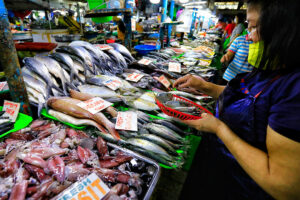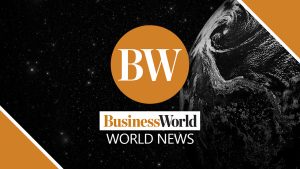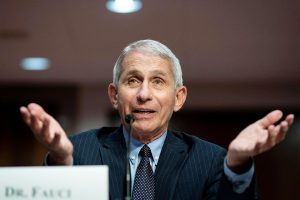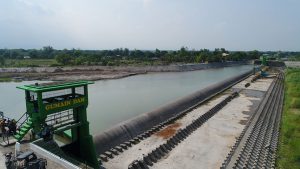Loan growth to slow amid high inflation, rates — S&P
S&P GLOBAL RATINGS sees the Philippine banking sector posting single-digit loan growth this year amid rising interest rates and elevated inflation.
Ivan Tan, director for Financial Institutional Ratings at S&P, said in a webinar on Wednesday that loan growth could be in the single-digit range versus the pre-pandemic level of 13%.
“The reason why we are a little bit pessimistic on loan growth is because of the rather aggressive interest rate hikes that we saw, especially last year, and also the fact that inflation in the Philippines right now is near the all-time high,” Mr. Tan said.
“We think the twin factors of a rising interest rate environment and persistently high inflation might cross out a lot of growth that we will see,” he added.
Mr. Tan said inflation will affect consumer incomes and, in turn, impact the increase in credit.
“I think that’s going to hit the consumer early as we enter into the middle of this year. We think that as consumer loans start to get more expensive, that is when we will start to see loan growth slow down as well,” he said.
Mr. Tan said interest margins have also run up as banks are starting to factor in higher borrowing costs following the Bangko Sentral ng Pilipinas’ (BSP) rate hikes.
“But we think that in an environment where interest rates and inflation are as high as they are, something on the fringe might break, so we are forecasting slightly higher credit costs this year as well,” he said.
He said banks are beginning to price loans higher amid the BSP’s tightening.
“It will flow through before they do more rate hikes,” Mr. Tan said, adding that they expect the central bank to hike rates by 25 or 50 basis points (bps) at their Feb. 16 policy meeting.
S&P also expects the sector’s nonperforming loan (NPL) ratio to end this year at 3.3%.
“Because of the high interest rates and high inflation environment that we’re seeing, we think that it is likely to keep the NPL elevated for the rest of the year,” Mr. Tan said, noting this would mark an improvement from the 4.6% seen at the peak of the coronavirus pandemic, but still higher than the 2.5% recorded in 2019 or before the global health crisis.
The loan portfolio of Philippine banks expanded by 10.7% to P12.61 trillion at end-2022 from P11.39 trillion as of end-2021.
Meanwhile, the banking industry’s NPL ratio fell to 3.17% as of end-December from 3.35% as of end-November. This is also lower than the NPL ratio of 3.97% seen at the end of 2021.
Headline inflation accelerated to a fresh 14-year high of 8.7% in January as food prices continued to surge. This was faster than the 8.1% print in December 2022 and 3% in the same month last year, and was the quickest since the 9.1% logged in November 2008.
This was also higher than the 7.6% median estimate in a BusinessWorld poll conducted last week and the 7.5% to 8.3% forecast range given by the central bank for the month, and marked the 10th consecutive month that inflation was above the BSP’s 2-4% target for the year.
The central bank sees headline inflation averaging 4.5% this year, lower than the actual 5.8% recorded in 2022.
BSP Governor Felipe M. Medalla earlier said the central bank could hike borrowing costs by 25 or 50 bps at this month’s policy meeting.
In 2022, the Monetary Board raised interest rates by 350 bps in its fight against inflation, bringing its key rate to 5.5%. — A.M.C. Sy
